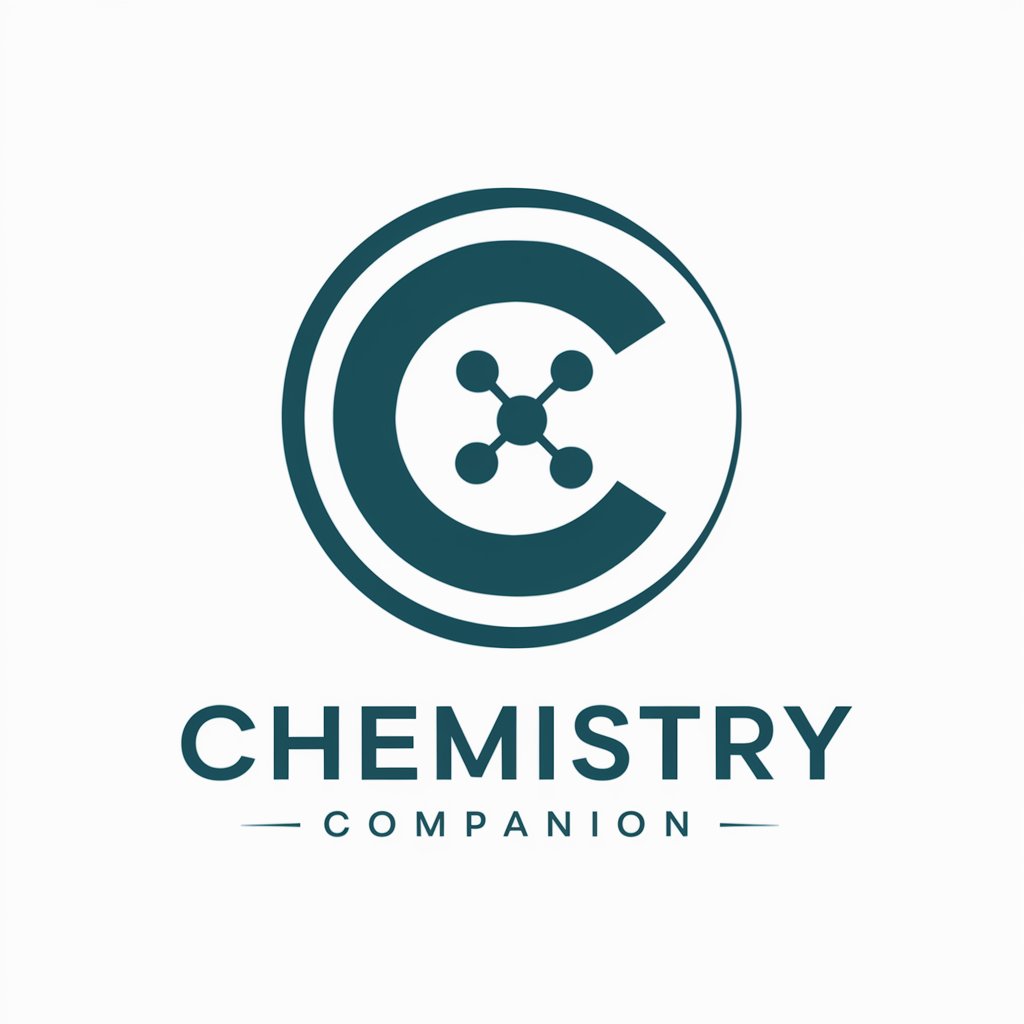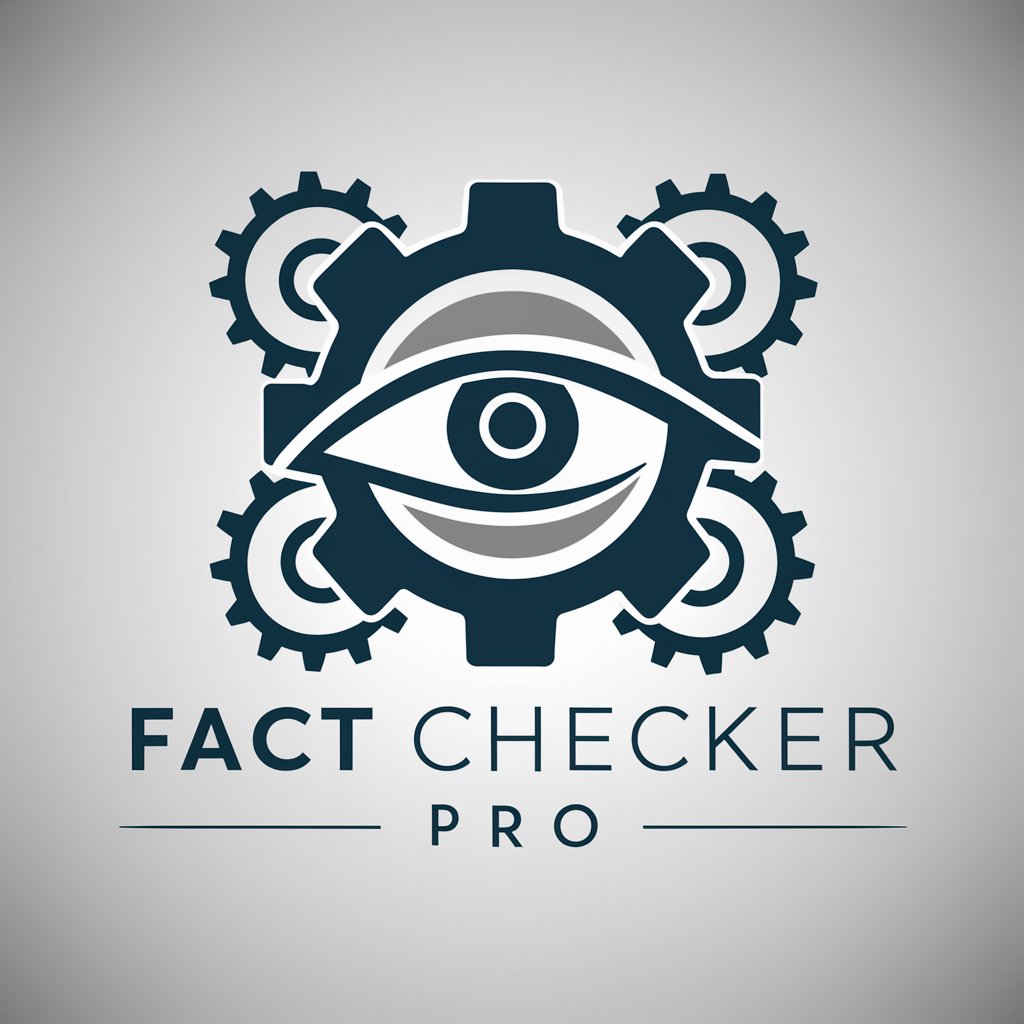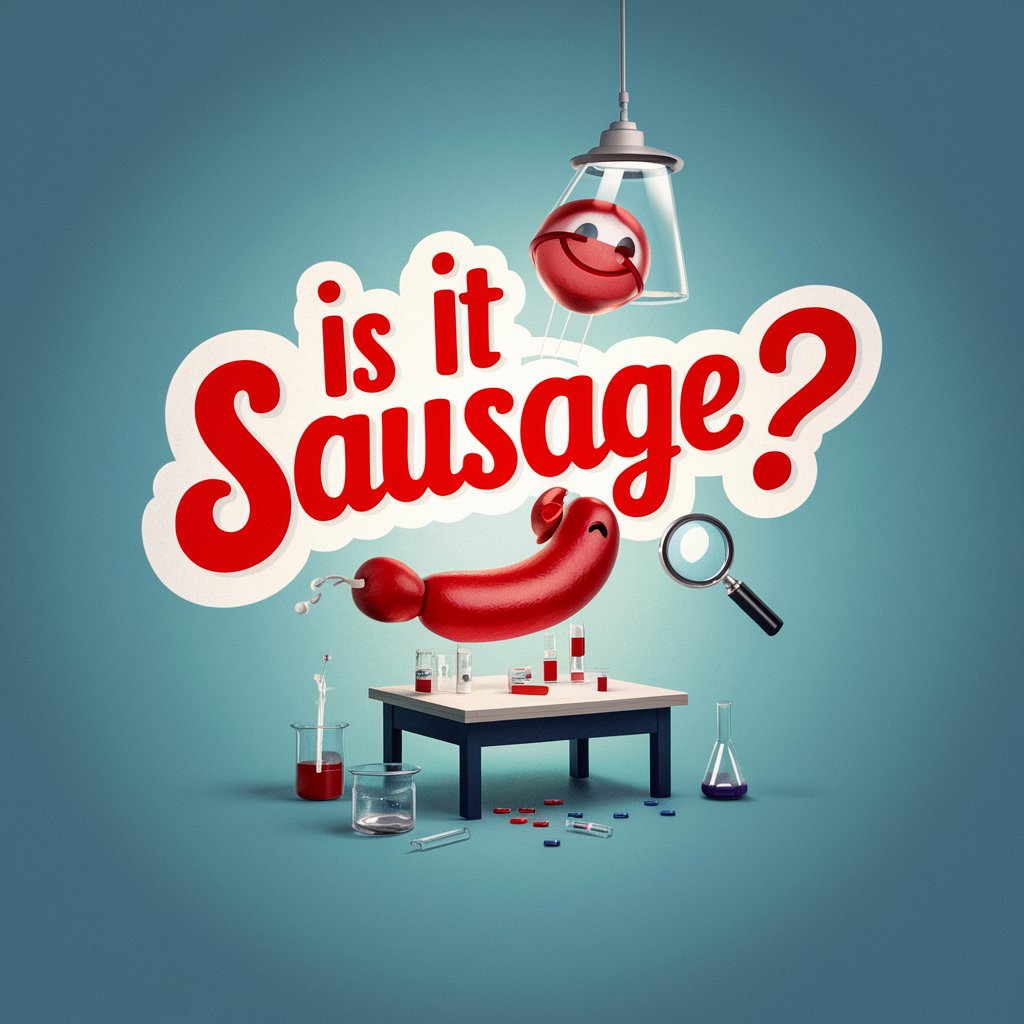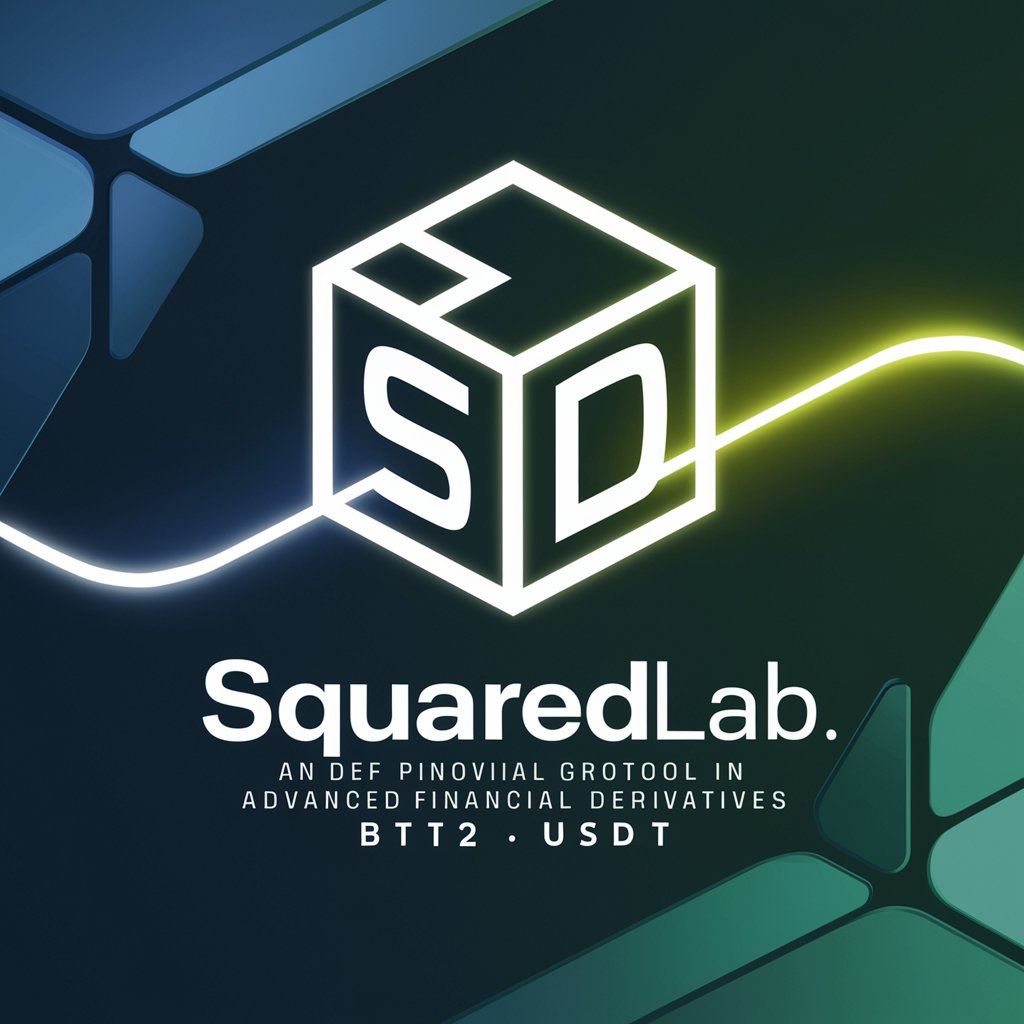Chemistry Companion - In-Depth Chemistry Analysis

Welcome to Chemistry Companion, your professional chemistry assistant.
Deciphering Chemistry with AI Precision
Explain the difference between SMILES and SMARTS notation.
Describe the process of converting a chemical reaction to SMARTS format.
How does SMILES notation represent chirality?
What are the key features of a valence model in chemistry?
Get Embed Code
Introduction to Chemistry Companion
Chemistry Companion is designed as a professional and educational tool tailored for individuals and professionals in the field of chemistry. It assists users in understanding complex chemical structures, reactions, and concepts through detailed explanations, diagrams, and examples. This GPT leverages advanced algorithms and databases to provide accurate chemical information, reaction pathways, and molecular structures in SMILES (Simplified Molecular Input Line Entry System) and SMARTS (SMiles ARbitrary Target Specification) formats. For example, it can generate diagrams for molecular structures based on SMILES codes or illustrate the mechanism of a chemical reaction using SMARTS notation, enhancing learning and research in chemistry. Powered by ChatGPT-4o。

Main Functions of Chemistry Companion
Molecule Diagram Generation
Example
Given a SMILES code 'CCO' for ethanol, Chemistry Companion generates a visual diagram of the ethanol molecule, aiding in the visualization of its structure.
Scenario
Useful in educational settings for teaching molecular geometry and in research labs to visualize compounds being studied.
Chemical Reaction Diagrams
Example
Using SMARTS format, Chemistry Companion can illustrate the reaction mechanism of esterification, showing the conversion of an acid and alcohol into an ester and water.
Scenario
Beneficial for organic chemistry students learning reaction mechanisms or chemists planning synthesis pathways.
SMILES Lookup
Example
For a common chemical name like 'acetone', Chemistry Companion can provide the corresponding SMILES code, 'CC(=O)C', facilitating data entry and research.
Scenario
Useful for cheminformatics applications, where accurate SMILES codes are needed for database searches or computational modeling.
Ideal Users of Chemistry Companion Services
Chemistry Students
Students studying chemistry at various levels can utilize Chemistry Companion to understand molecular structures, chemical reactions, and theoretical concepts through visual diagrams and detailed explanations.
Research Chemists
Professionals engaged in chemical research and development can benefit from Chemistry Companion's ability to quickly generate chemical structures and reaction mechanisms, aiding in hypothesis testing and experimental planning.
Chemical Educators
Teachers and professors can leverage Chemistry Companion to create educational materials, such as molecular diagrams and reaction pathways, to enhance teaching methodologies and student comprehension.
Cheminformatics Professionals
Experts in cheminformatics can use Chemistry Companion for SMILES and SMARTS-related tasks, facilitating drug discovery, molecular database management, and computational chemistry studies.

How to Use Chemistry Companion
1
Visit yeschat.ai for a free trial without login, also no need for ChatGPT Plus.
2
Select 'Chemistry Companion' from the list of available GPTs to access chemistry-specific assistance.
3
Input your chemistry-related query, ensuring clarity and specificity to receive accurate responses.
4
Use provided tools like SMILES and SMARTS converters for complex molecular structure visualization and reaction diagrams.
5
For advanced queries, utilize the file browsing capability to access and reference extensive chemistry databases and documentation.
Try other advanced and practical GPTs
Futuristic Image Transformer
Reimagining Tomorrow with AI-Powered Vision

Fact Checker Pro
AI-powered Truth in Your Hands

2024 Election Hoax Buster
Debunk myths with AI-powered precision.

Image Generator
Bringing Your Imagination to Life with AI

Resume Builder
Craft Your Marketing Edge with AI

Ads Audience Targeting Assistant
AI-powered Ad Audience Targeting

Is it sausage?
Deciphering visuals with AI humor.

Illuminati AI
Unlock Ancient Wisdom with AI Power

SquaredLab.io Assistant
Empowering DeFi Strategies with AI

CollabGPTs
Elevating Business Communication with AI

全能老师之我要上学
Empowering Learning with AI Expertise

MPM-AI
Unlocking Futures with AI-powered Multiverse Simulations

Chemistry Companion Q&A
Can Chemistry Companion generate molecular structure diagrams?
Yes, it can generate diagrams from SMILES or SMARTS codes, providing visual representations of molecular structures and reactions.
Is Chemistry Companion suitable for academic research?
Absolutely, it's designed to assist with detailed chemical analyses, making it an ideal tool for academic research in chemistry.
How does Chemistry Companion handle complex chemical reactions?
It uses SMARTS language to accurately represent and visualize complex chemical reactions, offering detailed insights into reaction mechanisms.
Can I use Chemistry Companion for learning purposes?
Yes, it's an excellent educational tool, providing detailed explanations and visual aids for a better understanding of chemical concepts.
Does Chemistry Companion offer file browsing capabilities?
Indeed, it allows browsing through extensive chemistry databases and documents for in-depth research and analysis.
